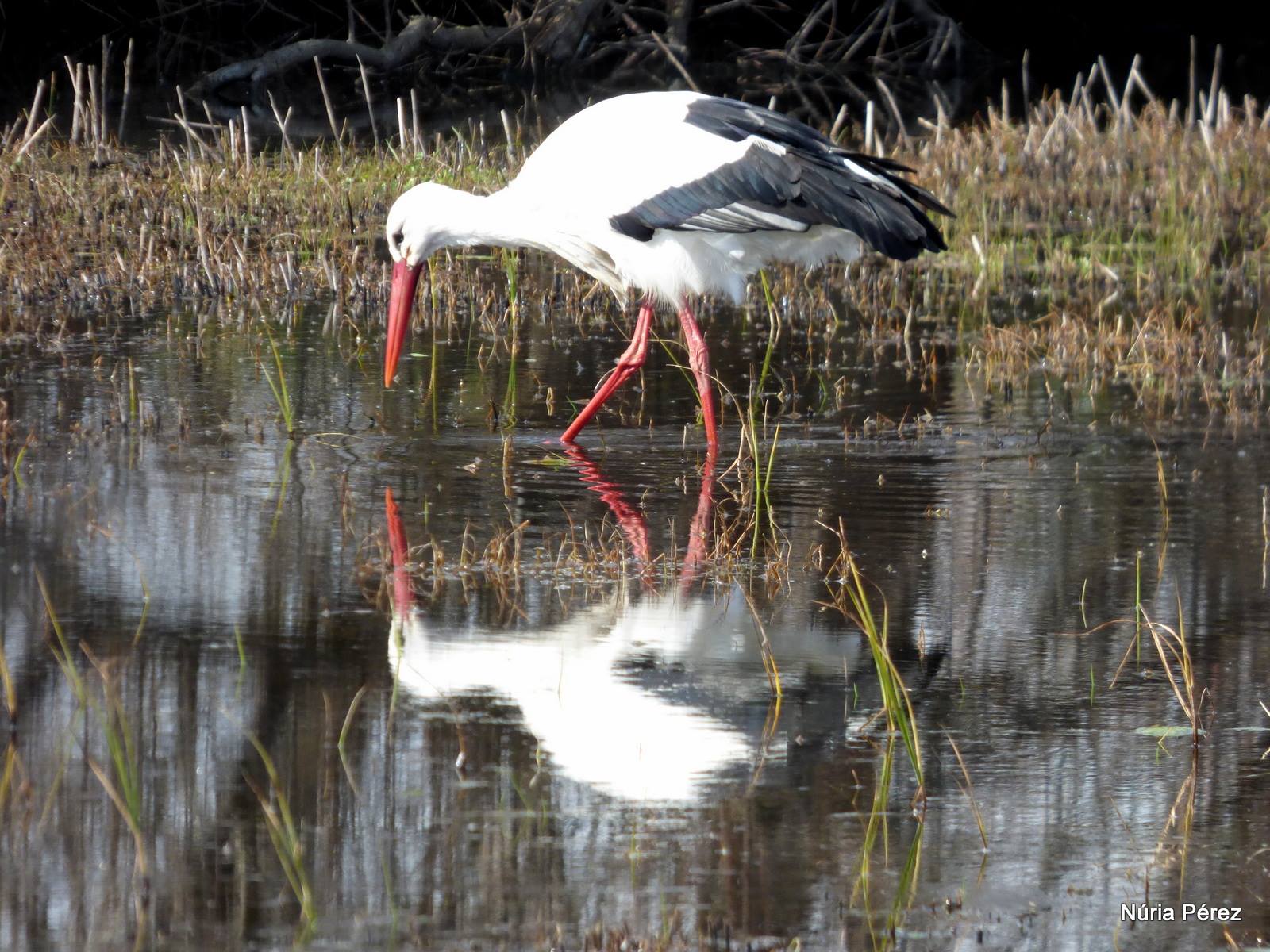Are animal rights and environmental protection compatible?
Are animal rights and environmental protection compatible?
This is debated in a series of articles published in February in the journal American Behavioral Scientist, coordinated by Núria Almiron and Catia Faria, researchers at the UPF-Centre for Animal Ethics (UPF-CAE), with the support of the THINKClima research project and the UPF-CAE study centre.

The compatibility between environmental protection, on the one hand, and animal rights, on the other, is a controversial subject that has been little explored. With the support of THINKClima and the UPF-CAE, a special issue of the journal American Behavioral Scientist aims to provide data and reflection on environmental and animal protection. The special issue has been coordinated by Núria Almiron, co-director of the UPF-Centre for Animal Ethics (UPF-CAE) and a member of the Department of Communication at UPF, together with Catia Faria, member of the scientific board of the UPF-CAE and postdoctoral researcher at the University of Minho (Portugal).
Controversy between environmental ethics and animal ethics
Historically, environmental protection and animal rights have been based on two radically different approaches. On the one hand, environmental ethics justify the sacrifice of some individuals in order to preserve the balance of the ecosystems; and on the other hand, the position of animal ethics emphasizes moral considerations based on the fact that non-human animals are sensitive individuals. From the animal ethics standpoint, the perspective of environmental ethics with regard to non-human animals is seen as a form of speciesist discrimination.
A reflection on the relationship between environmental ethics and animal ethics from the fields of philosophy, activism, communication, sociology and psychology
To discuss this issue, the Centre for Animal Ethics (UPF-CAE) and the THINKClima research project, both led by Pompeu Fabra University in Barcelona, co-organized an international panel in Barcelona in September 2017 under the title “Are animal rights and environmental protection compatible?”. The special issue of American Behavioral Scientist includes the papers that were presented at the event as well as new, additional contributions. The result is a reflection on the relationship between environmental ethics and animal ethics from the fields of philosophy, activism, communication, sociology and psychology.
In their article, Catia Faria and Eze Paez argue that animal ethics and environmental ethics are incompatible because of the different moral considerations and regulatory implications underlying each one. Faria and Paez are of the opinion that “we can support one of the two positions, but not both at the same time”. Thus, environmental perspectives lead to an unsolvable dilemma: they are either inconsistent or have unacceptable consequences for humans. In addition, they do not recognize the importance of the suffering of wild animals. For this reason, Faria and Paez conclude that environmentalism must be rejected and any animal ethics perspective must be supported.
Against Faria and Paez, in her work, Lisa Kemmerer defends the compatibility of environmental and animal struggles through arguments that incorporate the interconnected nature of the universe and are inspired by eco-feminism, Eastern and indigenous philosophies, and science. The Canadian philosopher points to issues such as climate change and human overpopulation as excellent examples where environmentalists and animal rights activists should cooperate. Instead of focusing on what divides them, “which is very little,” the two movements should “focus on what they share and join forces”, concludes Kemmerer.
In turn, Núria Almiron contributes to the debate by examining the issue from the point of view of the compatibility of the arguments when actively defending animal rights. In particular, the author includes the main theories and empirical evidence that best support or refute the use of environmental arguments for the defence of non-human animals from a non-speciesist and abolitionist standpoint. “There are strong arguments for all positions, but if we want to achieve long-term behavioural changes, the use of green arguments seems to have more setbacks”, concludes Almiron.
In her article, Laura Fernández, also focusing on activism, examines a review of the literature on the available research on strategic visual communication for animal liberation and the protection of the environment, emphasizing the animal agriculture industry. “According to the published literature, there are reasonable arguments to believe that using images of animals suffering on farms (including images of explicit violence that cause moral shock) is not only an effective tool but also an ethical one to end speciesist oppression and mitigate climate change”, states Fernández.
Vasile Stănescu criticizes the idealized vision of agriculture as a return to an earlier time of supposed simplicity and the “naturalness” of the locavore movement (that promotes eating only local food). For Stănescu, meat produced “humanely” is not a viable environmentalist strategy, but an imaginary return to a time of “Eden” that never existed. This movement appeals to a false representation of nature, which, precisely because it is artificial, “requires constant and continuous human intervention”. Eating locally- or more “humanely”-produced meat has nothing to do with sustainability”, concludes Stănescu, but rather with fetishism.
From the social psychology point of view, Daniela R. Waldhorn asserts that psychology has always placed the relationship between humans and wild animals within environmental psychology, representing wild animals as mere components of nature. While this approach is suitable for environmental and conservationist purposes, the author argues that “it fails when it comes to getting humans to see animals as individuals with the ability to experience their own welfare”. Waldhorn argues that non-human animals deserve to be the subject of psychosocial research.
Articles that make up this special issue:
Almiron, N. & Faria, C. (2019). Environmental and Animal Defense. (Introduction by the editors)
Kemmerer, L. (2019). The Interconnected Nature of Anymal and Earth Activism
Stanescu, V. (2019). Selling Eden: Environmentalism, Local Meat, and the Postcommodity Fetish
Waldhorn, D. (2019). Toward a New Framework for Understanding Human–Wild Animal Relations
